Description
Visnuism has given rise to two very important schools of ritual and philosophy, namely Vaikhanasa and Pancaratra. Isvarasamhita is an important text of the Pancaratra school of Visnuism.
Whereas Vaikhanasa is relatively archaic in character and leans more upon the Vedic tradition for its repertoire of Mantras used in religious rites and ceremonies, the Pancaratra is more liberal and open in its approach. It has a text tradition going back to some two thousand years – which has also been the main source of the Visistadvaita philosophy of Ramanuja (11th – 12th c.). In most of the Vaisnava temples in South India, especially in Tamilnadu, worship in conducted in accordance with the prescription of the one of the important Pancaratra Samhitas.
Isvarasamhita is an important text of the Pancaratra school and is followed meticulously for conduction of daily Puja ceremony and performances of various religious festivals in the Narayanasvami temple of Melkote. It can safely be dated to 8th – 9th Century at least on the basis of its reference in the Agama Pramanya of Shri Yamunacarya. It is supposed to be a simpler and smaller version of the older Sattvata-samhita of this school which is the earliest available work of Pancaratra and is considered as one of three ratnas, (jewels), along with Pauskara-and Jaya-samhitas. In 25 long Adhyayas the Isvarasamhita describes in great detail the rites, rituals and ceremonies taking place (or ought to take place) in a Vaisnava temple.
Palmleaf Manuscript of the Isvarasamhita were procured mainly from the Narayanasvami temple of Melkote for the sake of authenticity. We have also appended to the text the gloss of Alasimha Bhatta (early 19thc.) which shall be helpful in comprehending certain difficult or sectarian expressions. The English translation on the opposite (right) page has been provided for the facility of the modern scholars working on Philosophy, Ritual and Iconography of Visnuism.
A proper understanding of ritual is obviously indispensable for the study of Art.

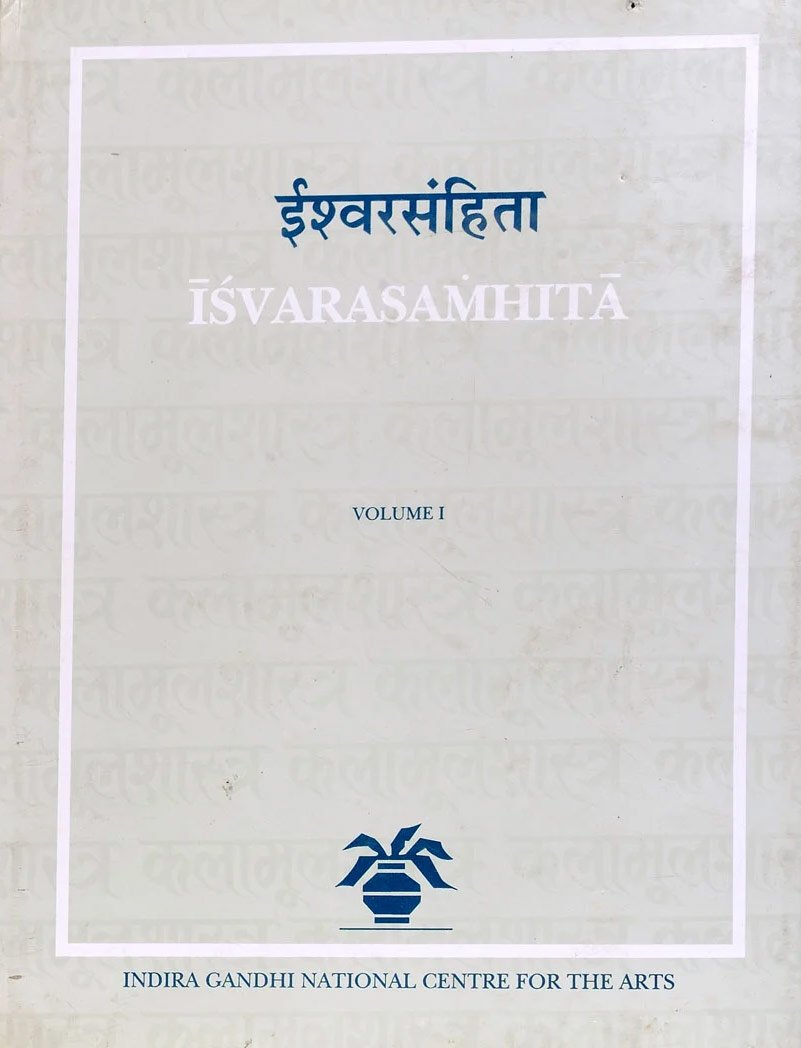
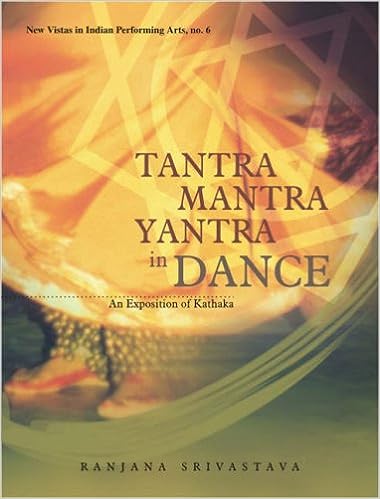
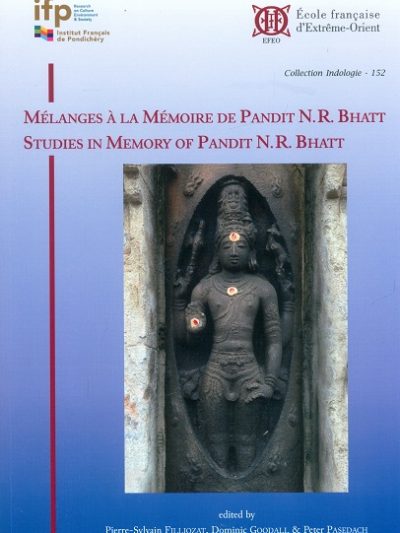
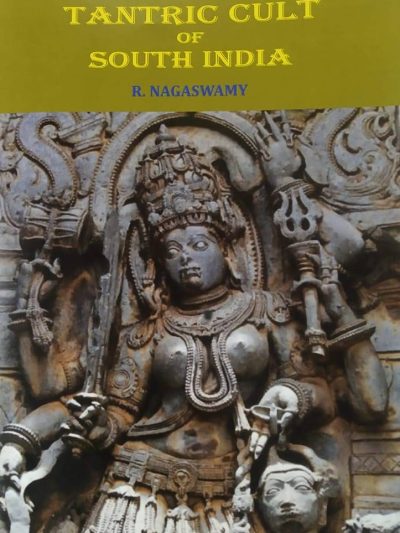
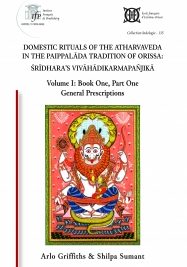
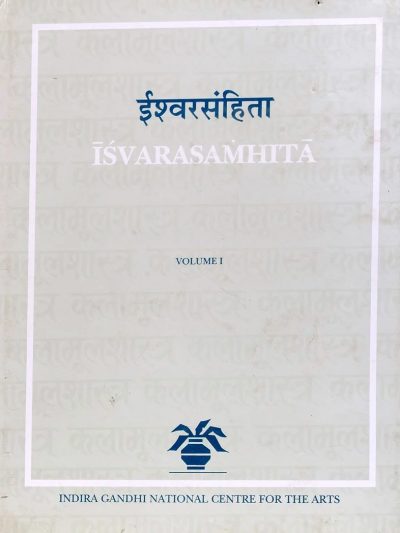
Reviews
There are no reviews yet.